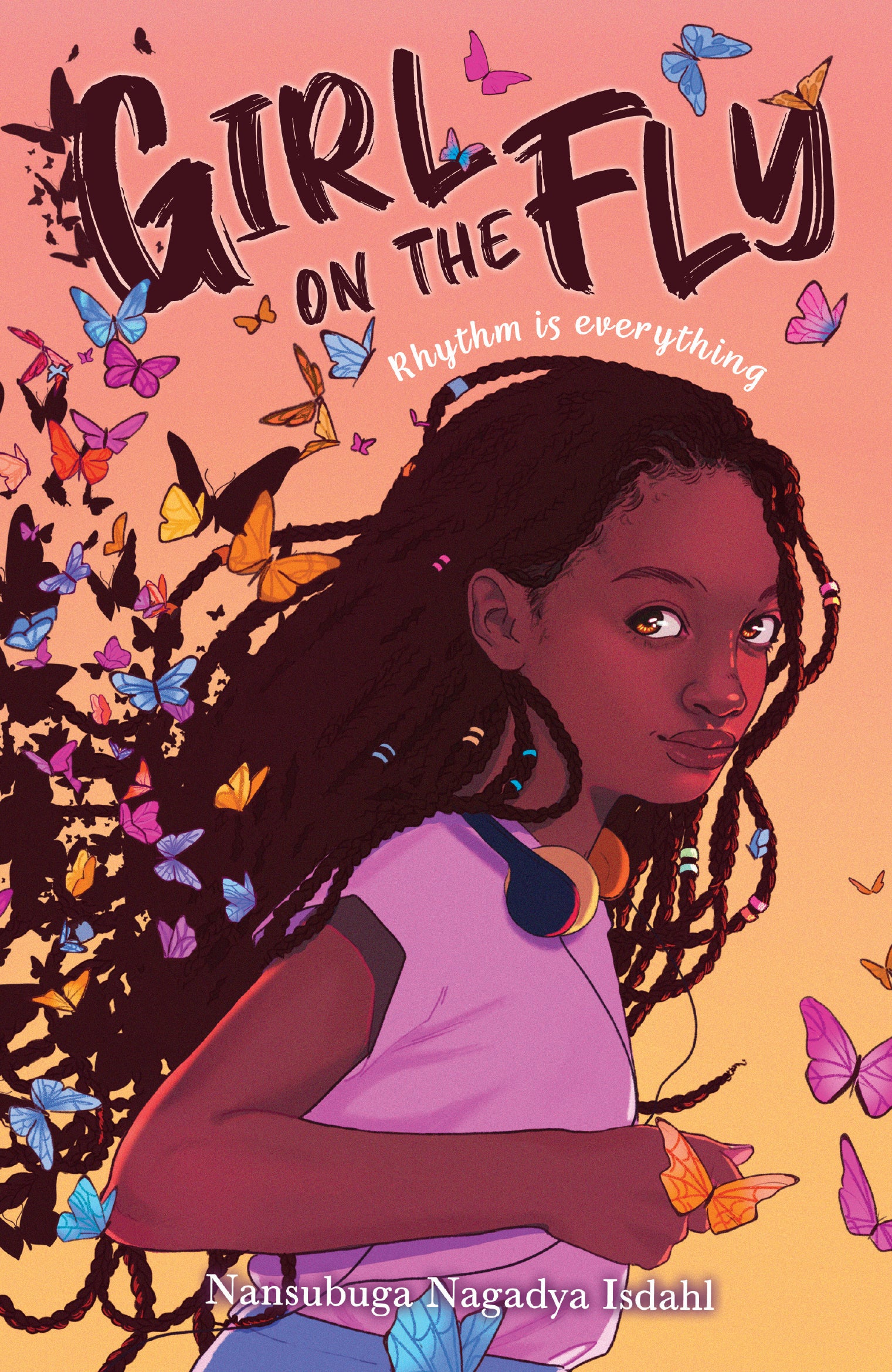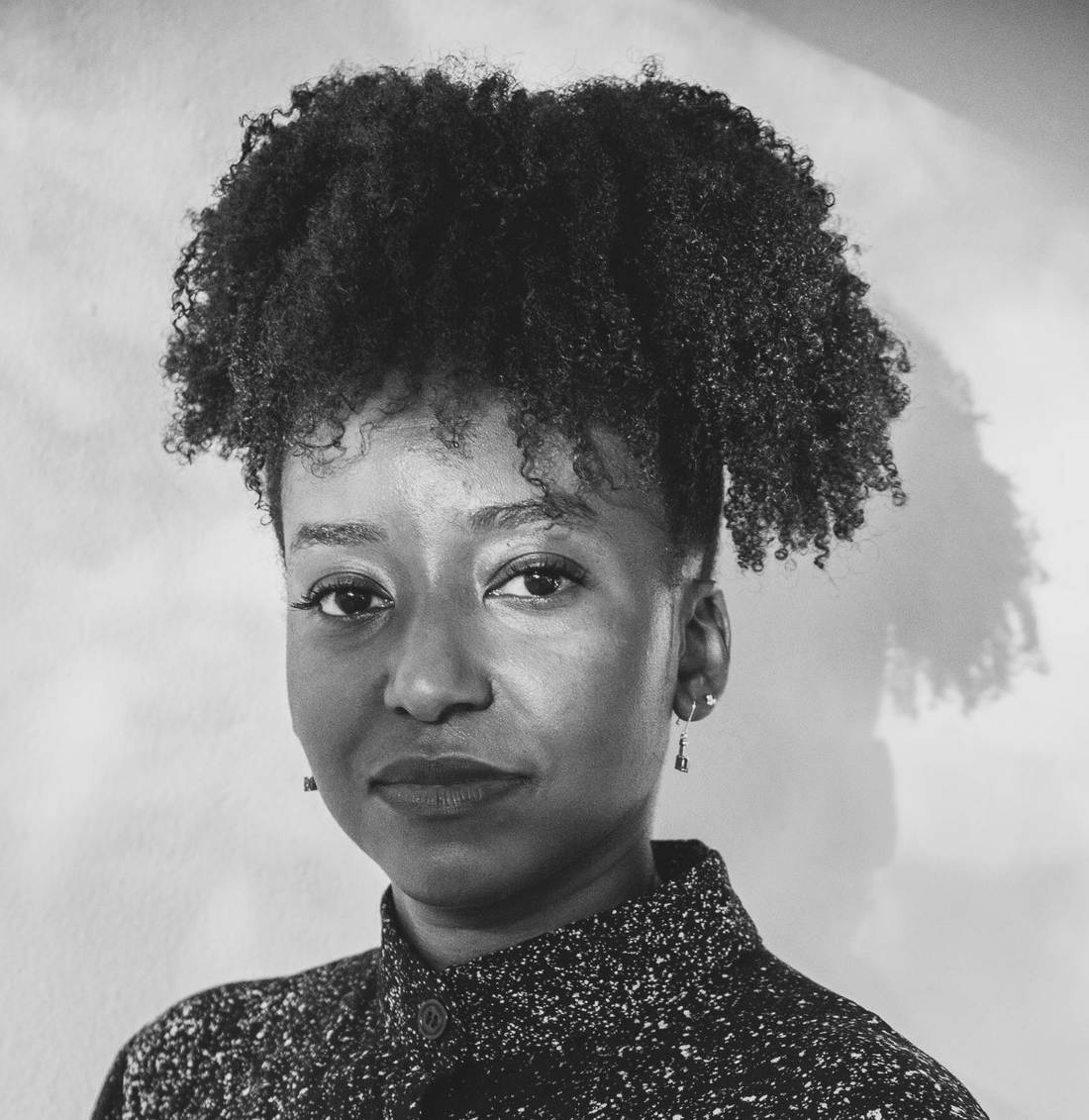Prepare for an exciting journey as Girl on the Fly takes flight on a blog tour with Sade magazine and David Fickling Books! Join us and follow these exceptional creators to catch all the exhilarating highlights along the way!
In this edition, we present the illuminating conversation we had with author Nansubuga Nagadya Isdahl, delving into the themes and inspirations behind her captivating book, Girl on the Fly.

Welcome Nansubuga. Tell us about yourself.
I currently live in Dar es Salaam, Tanzania with my husband and two children, but I was born in Cambridge, MA (US) to Ugandan parents. Although I was born and raised in the US, I’ve spent most of my adult life living elsewhere, including parts of Europe and East and Southern Africa. I work in global health as a writer for international agencies and reading and writing have always allowed me to think about myself and my place in the world. I am particularly interested in simple wonders – friendship, connection, laughing, dancing, nature, joy.
Girl on the Fly is a coming-of-age tale. Can you explain the inspiration behind the story?
I was initially inspired to write a story that held up joy as a central theme. And by joy, I mean to say all the ways in which we celebrate and are celebrated by our closest people. I really wanted to situate joy in girlhood, because I loved that time in my life and I read a lot of work that problematises adolescence without a counterbalance. And I also, very specifically, wanted to write about overlapping joys—so a convergence of personal passions (track, in this case), friends and family.
All of these give my thirteen-year-old protagonist Kamaria Kessy joy in one way or another. They also give her grief, which is part of the beauty of it all. But together, her love of running, friends and family make her world so rich. In my own personal experiences, female friendship, and black female friendship especially, has always served as such a buoy. It can provide this beautiful scaffolding of support and I was also, in retrospect, interested in looking at that. And I think for many of us, our childhood friendships lay the foundation for our female relationships later in life—especially when they are positive (e.g., tending to one another by doing each other’s hair, making up dances together, laughing together, roasting each other,
and holding each other down).
From another perch, I ran track when I was in school and wanted to explore a story with a female athlete. A girl who was strong, feisty, confident, and well-loved… but not without a few personal hurdles to overcome.
Girl on the Fly is set in 1992 Philadelphia USA. Can you describe your writing process? Do you outline, plot and plan, or is your writing more organic?
My writing is definitely more organic, which is why I have a million and one drafts when all is said and done. Sometimes, a story idea will come to me and I will write it out in broad strokes, in a page or so. From there, I just have to follow where the story leads. I don’t really want to know what’s going to happen beforehand. I rather let the story guide me and then revise, revise, revise to tighten it. I find that yields the most authentic storyline for me. But like I said, it also means that I must undertake a ton of revision to streamline and organize.
Other times, I just sit at my computer with a name and place and write from scratch – no guide, other than my intuition. In both instances, I do very little planning. I do have one third process, which I started about a year ago. It was the first time I’d ever done this. Basically, I have an online vision board that includes sketches of all four characters. Every time I hear a song or a word that reminds me of the character, I include it on their board. But no plot really – just what they look like and sound like and feel like. Or music that reminds me of them, as I get to know them. This is for a potential adult novel and at this point I feel like the four characters are close friends. But still no plotting, I just have vivid descriptions of who they are.
What is your favourite line from your book?
Kam, the main character, follows rhythm. It’s a very important element for her – from music, to running, to the sound of her own heartbeat. At one point in the story Kam says,
“Either way, we were out of rhythm. And rhythm is king. Rhythm is EVERYTHING.”
It’s such a Kamaria Kessy thing to say!
As children’s writer, how important is it to have stories about life experiences?
I think it’s vitally important to have stories about life experiences for children. I grew up in a suburb of Boston and regularly visited New York City as a child, but even with close access to ‘big’ city-life, my childhood was provincial in a lot of ways. So, much of my worldview was first formed through the pages of books. Books can serve as eyeglasses for children, sharpening their own vision. If we can give children access to an array of stories that illustrate variegated life experiences – from the most mundane all the way through the line – then we can absolutely better prepare them to step into the world as engaged, curious people.
When I was younger, I also tried out different versions of myself by imagining myself in a life like the character I was reading. In some cases, this was a very good exercise. In other cases, not so good. But either way, it’s my aim to make sure a young girl who was like me back then can see an approximation of her life, and especially her joy, on the page. And it’s equally my aim to show any and all other children, boys and girls alike, what it’s like to live life like 13-year-old Tanzanian-American Kamaria Kessy, who comes from so much love and has so much to learn.
While it’s much better these days, we still rarely get to read about young black and brown kids dealing with life challenges, but surrounded by a cocoon of safety, warmth, and love. Why not when so many of us had this experience growing up and are giving it to our own kids? I would love to see more and more children’s stories that portray these kinds of life experiences – with all the drama necessary to make them exciting!
In three words, what does friendship mean to you?
Intimacy, laughter, protection.

Quick Fire Round
Would you rather have an endless summer or an endless winter?
Endless summer (without doubt!)
Where is your happy place?
The South African bush
What song is always on the top of your playlist?
These days, Max Richter’s Infra 5
About the author
Nansubuga Isdahl is a writer and editor, who has worked on international development programmes primarily in East and Southern Africa, for over a decade. Her clients including the World Bank, World Education, UNICEF and UNESCO. Nansubuga is currently based in Tanzania.

